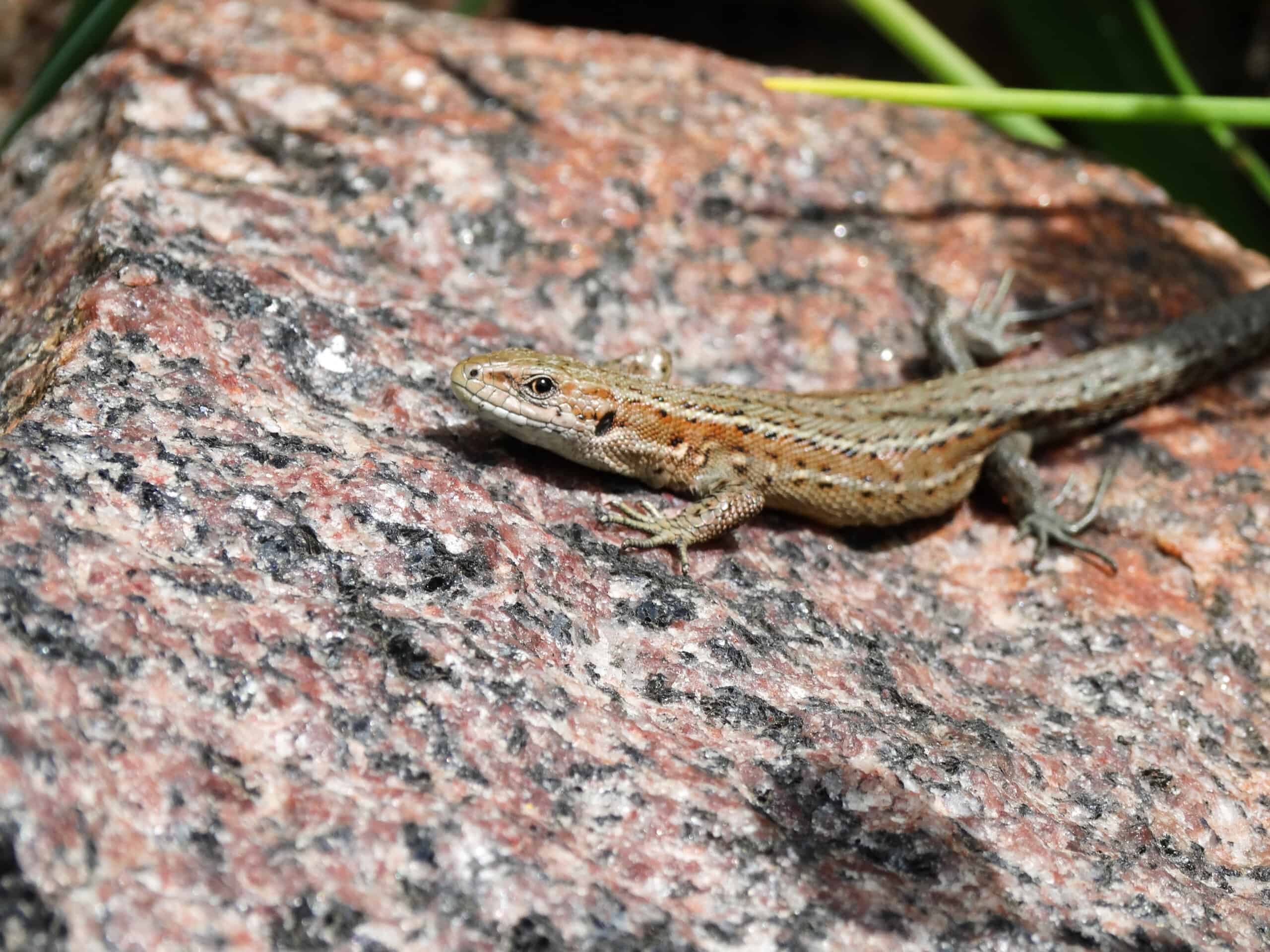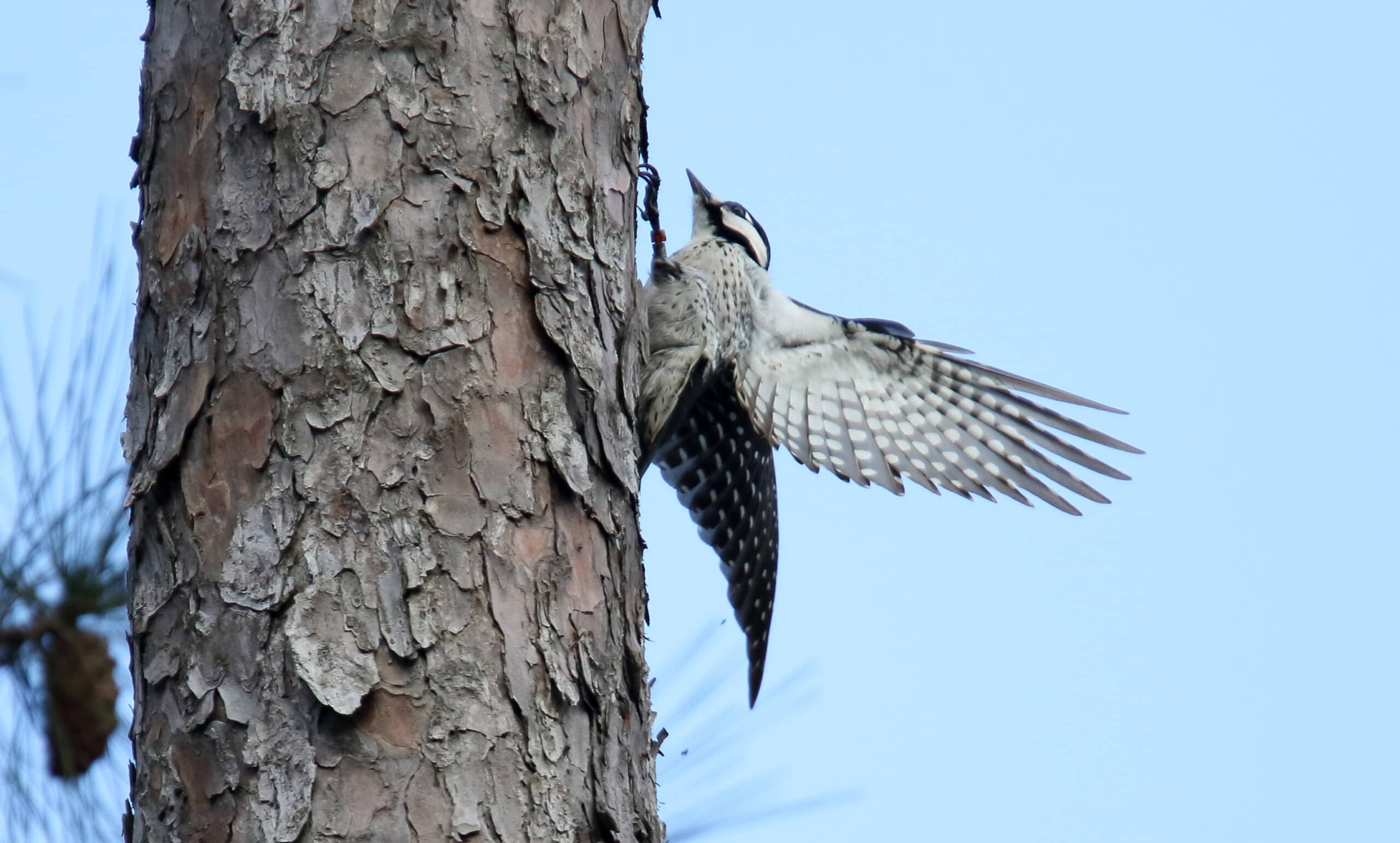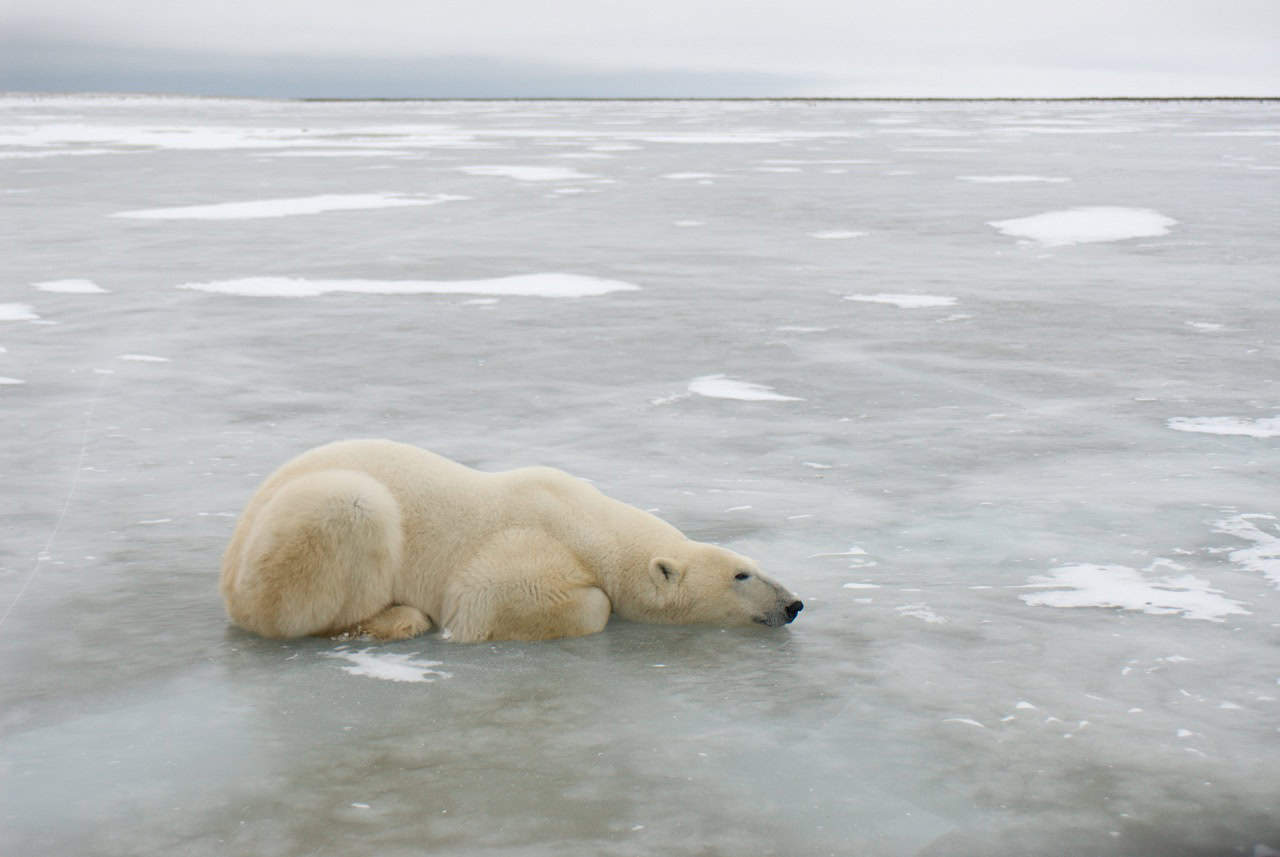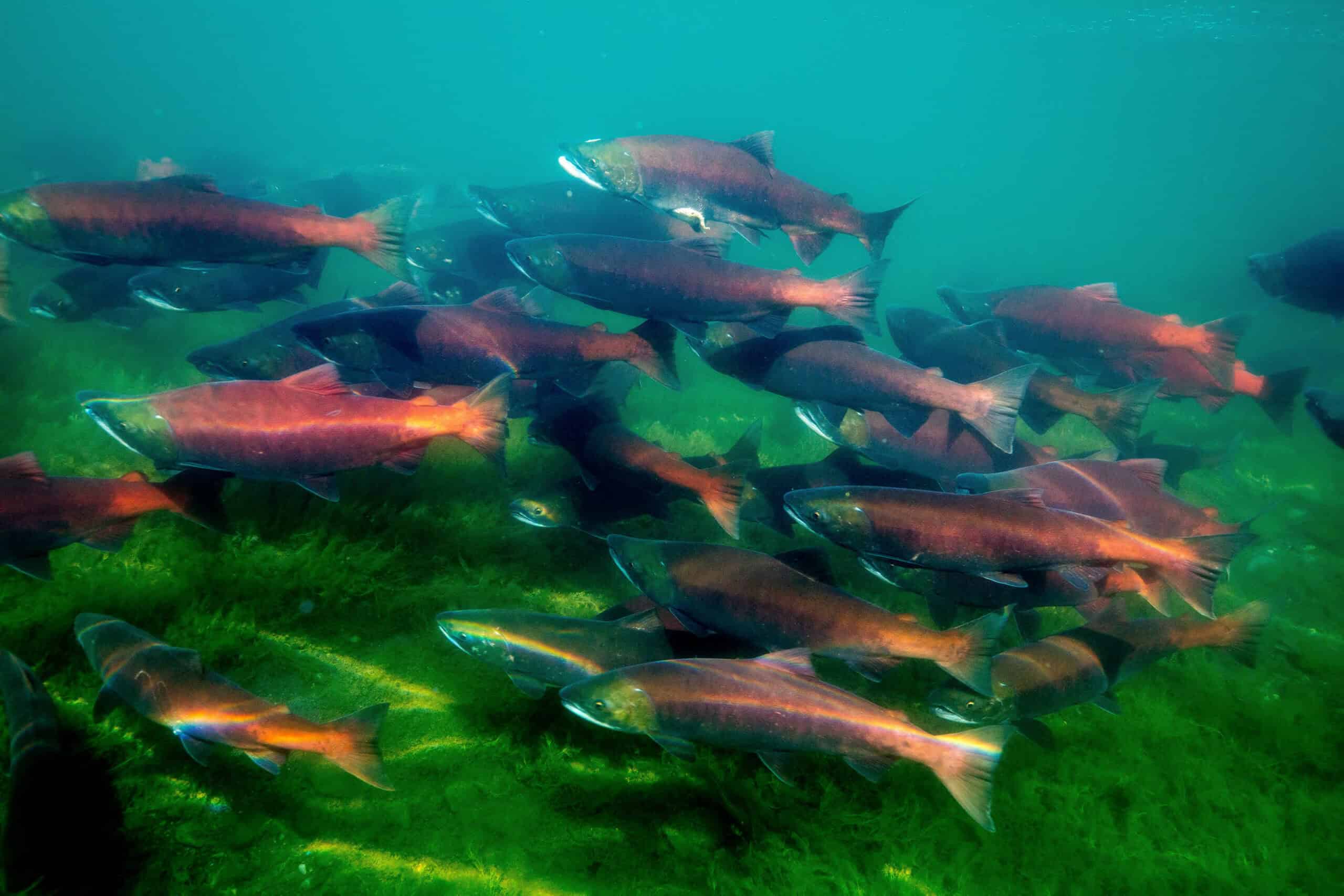Share this article
Wildlife Featured in this article
- Stream anole
- Viviparous lizard
In the tropics, climate change puts cold-blooded species at risk
Tropical reptiles, amphibians and insects can’t take much more heat
Cold-blooded species that live in more temperate climates might fare better than tropical species as the planet warms, researchers found. They hope these findings can inform conservation efforts in the midst of climate change.
“We know that climate change will have an effect on the distribution of species, and we’re already seeing this effect,” said Nikki Moore, a PhD student at McGill University in Montreal.
Moore led a study published in Nature Ecology and Evolution looking at data from around the world to learn about how reptile, amphibian, fish, intertidal animals and insect ranges have shifted as the climate has warmed.
They looked at these cold-blooded species because of the close connection between temperature and their bodies’ responses, said Jennifer Sunday, senior author of the study and an assistant professor at McGill University.
The researchers had access to a wide breadth of data thanks to a working group of the Synthesis Centre for Biodiversity Sciences in Germany, which fosters collaboration between different disciplines. The working group was made up of scientists from around the world looking at species’ cold and heat tolerances.
The researchers got a list of cold-blooded species, found their current ranges and looked at factors that could show how their ranges may be affected by temperature.
Some scientists have suspected that tropical species’ ranges may be less limited by temperature, but the researchers found these species, like stream anoles (Anolis lionotus), seem to be more affected by warmer temperatures than species in more temperate parts of the globe, like the viviparous lizard (Zootoca vivipara). Species at higher latitudes tend to have more cushion between current temperatures they currently experience and the highest temperatures they can tolerate—their “thermal potentials,” the researchers found.
Sunday said this paper can provide more insight into which species may face challenges in a warming climate.
“We generally expect temperate high latitude species to respond more variably to warming at their warm range,” she said. “We might not see huge mass local extinctions at their warm range edges. They may hang in there for a while. Tropical species, we expect to be more sensitive.”
While it’s important to look at species on an individual scale, Moore said, the research can inform other studies that try to connect physiology with species distribution models and project where they will be in the future.
Header Image: Occupying parts of northern Europe and Asia, the viviparous lizard may be less affected by climate change than many tropical reptiles. Credit: Jevgenijs Slihto








